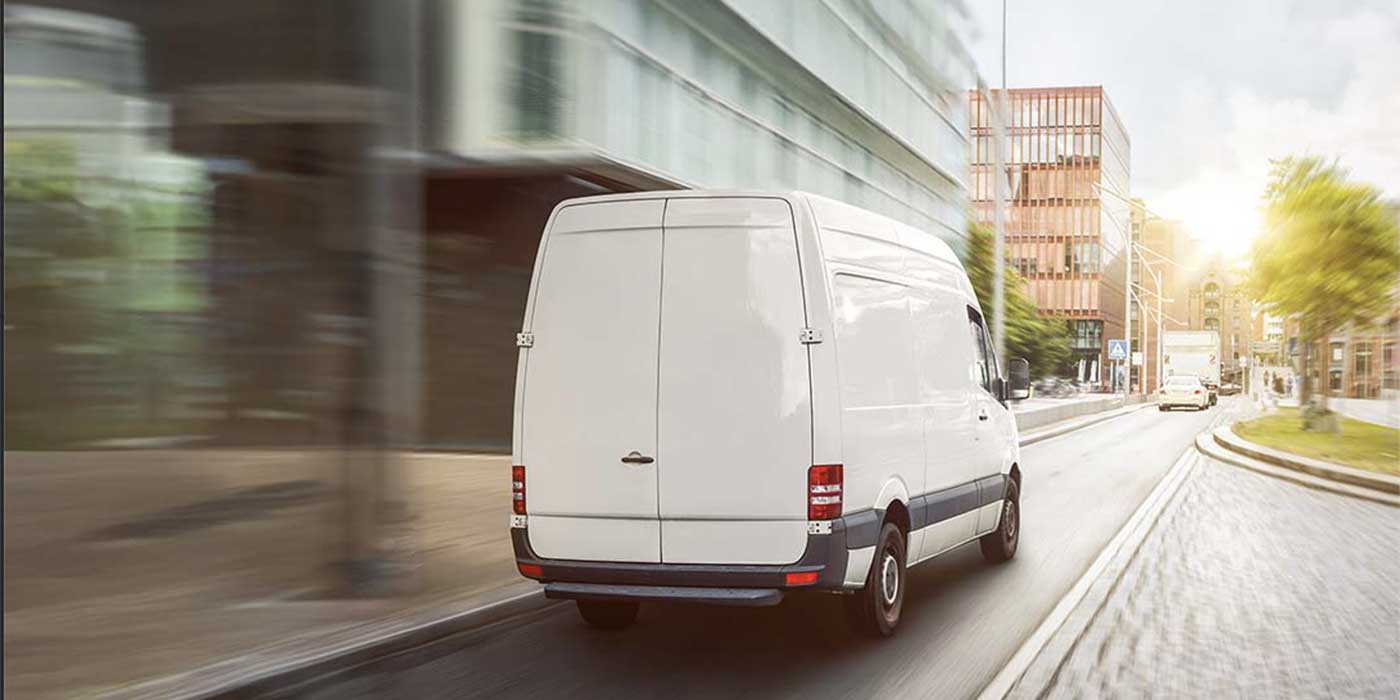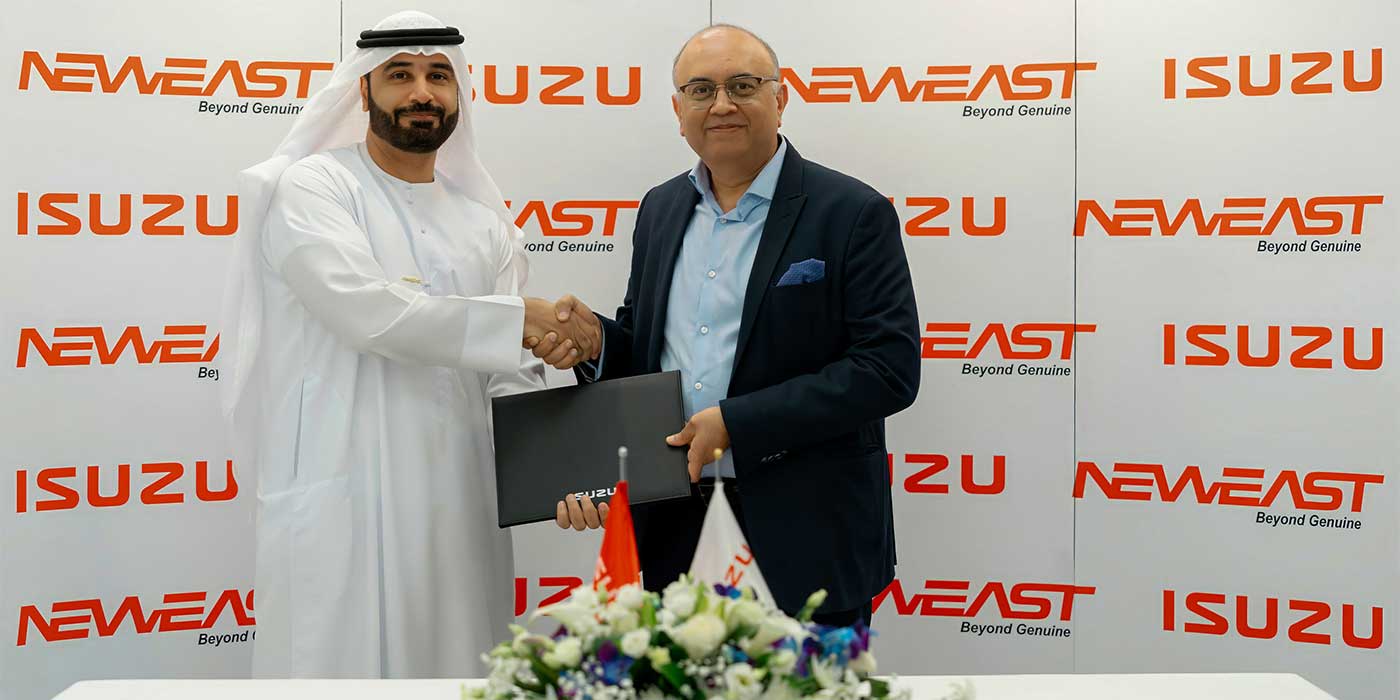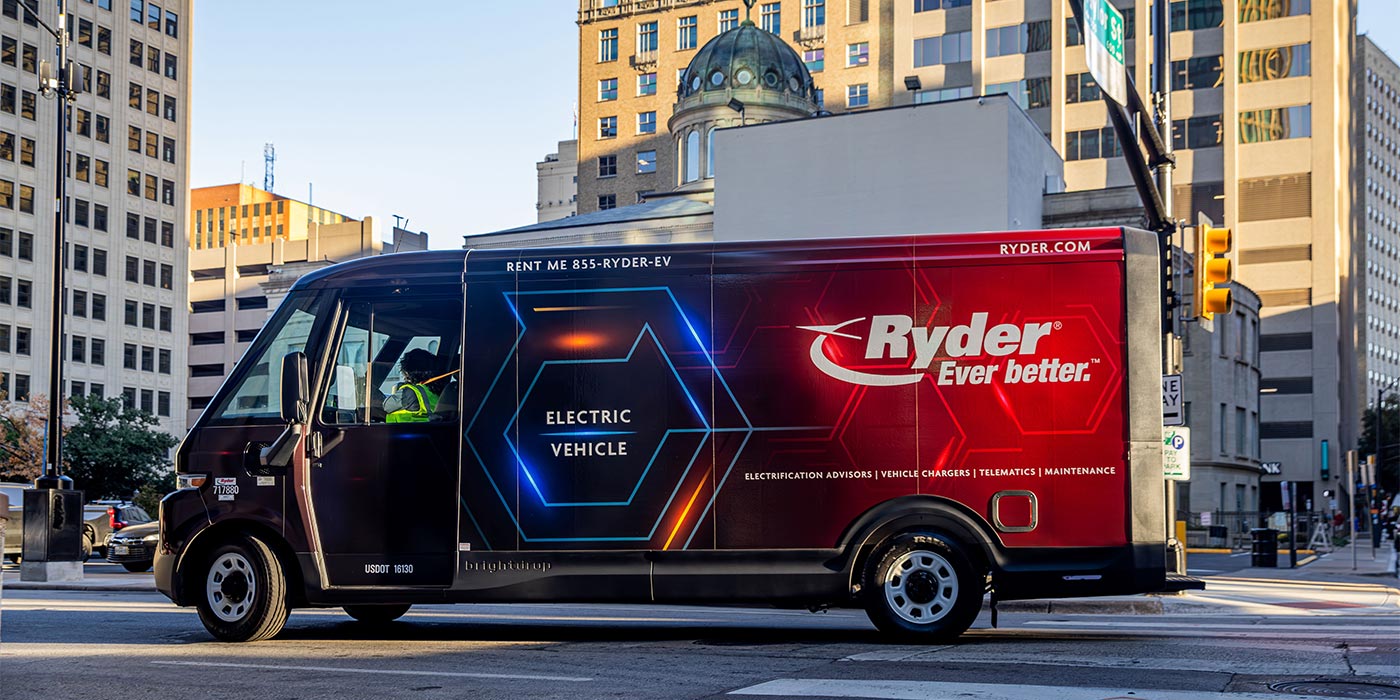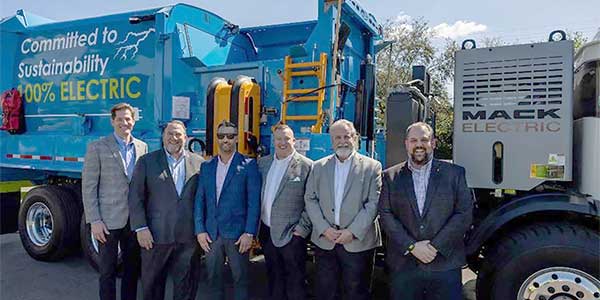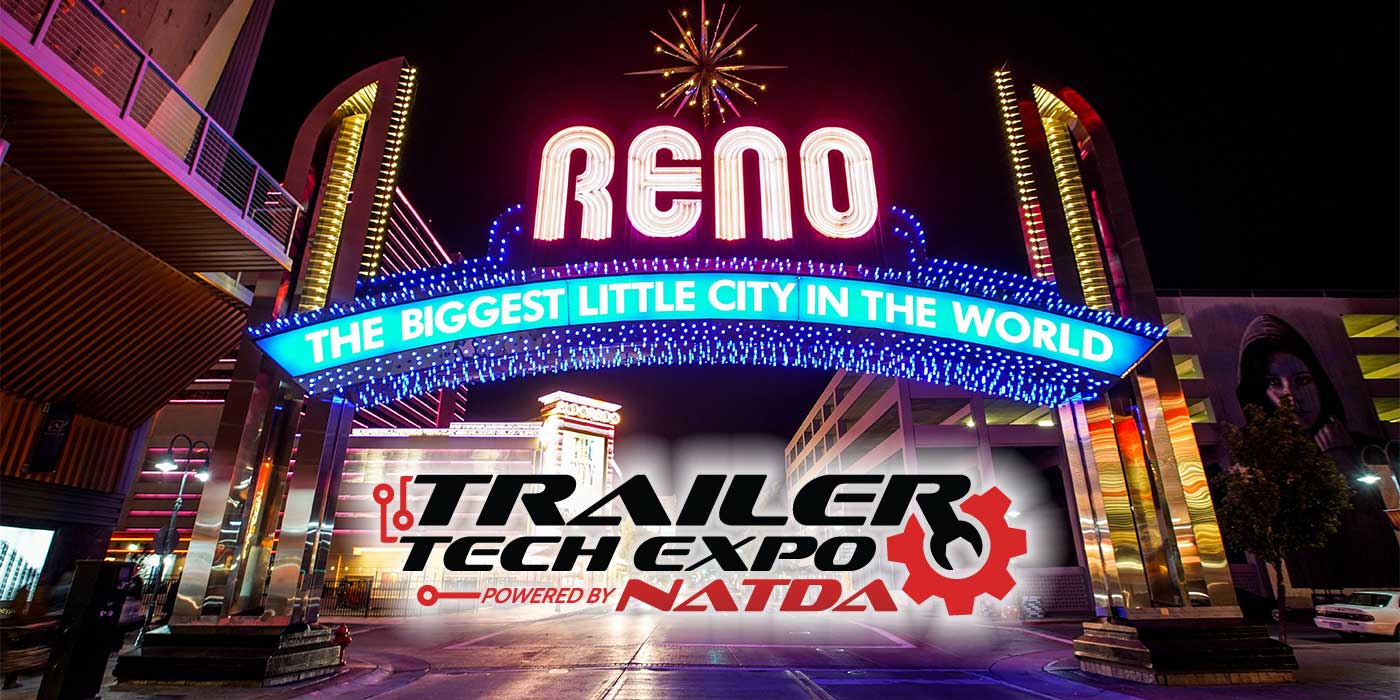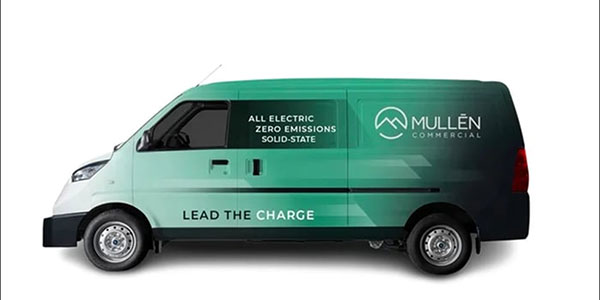With any new technology and especially experimental designs, low production volumes mean higher prices for fleets.
Such has been the case with hybrid trucks and, although there have been some means of funding the added cost of these vehicles for fleets willing to evaluate them in their operations, a more concerted effort to create incentives for the manufacture and purchase of medium- and heavy-duty hybrids is now underway.
In particular, Hybrid Truck Users Forum (HTUF) has launched an Incentives Working Group. The collaboration of over 50 fleets, truck makers and hybrid system suppliers is now working to determine what incentives are needed to move hybrids into the marketplace, and to share this information with policymakers in an effort to generate public support.
One of the earliest efforts of the working group is to make existing incentives in the Energy Policy of 2005 (EPAct 2005) available. Those tax credits are approved but no guidance for their use has been issued, limiting the sales of early production hybrid trucks. In addition, the group notes that the tax credits are not structured to help commercial or public fleets because little of the value reaches the operation.
Beyond securing tax credits and extending the time they are active, fleets and manufacturers involved in the HTUF effort also want to develop better incentives that can make commercial hybrid vehicles a reality sooner. As determined by the working group, the following items about incentives need to be addressed to support development and deployment of hybrid trucks:
• Incentives need to be available for a longer time period.
• Incentives and funding are needed to support development, demonstration projects and early sales.
• Incentives need to be targeted at reducing the upfront purchase price of the vehicles.
• Incentive funds that reduce capital/purchase costs are the most valuable.
• Incentives need to start at higher funding levels than they have and decline over time.
• Incentive funds to support the development and commercial deployment of core enabling technologies are critically needed.
• Incentives need to encourage a bigger range of meaningful improvements, not just the highest achievable amounts.
• Incentives should be based on realistic data on cost and benefits delivered.
• Incentives should be simple to understand and administer.
• Incentives should be technology neutral (allow electric and hydraulic solutions).
The key conclusion of the HTUF Incentive Working Group is that a 10-year campaign of shared investment in purchase incentives and development support can significantly speed adoption of medium- and heavy-duty truck hybrid technology. Hybridization is one of the few technologies that reduces emissions while increasing fuel economy in vehicles. With the need to reduce petroleum use for cost and security reasons, and to address environmental concerns, the value of hybrid vehicle technologies cannot be overstated.
HTUF’s user-driven approach to assisting the commercialization of hybrid technologies has already led to significant development efforts and greater demand in the commercial vehicle market. The work now being done by its Incentives Working Group will hopefully help further those goals.
HTUF is open to participation by truck fleet users, truck and system makers, and researchers. The program operated by WestStart-CALSTART and supported by the U.S. Army’s National Automotive Center and the Hewlett Foundation works to find applications and generate de-mand for hybrid vehicles in the commercial market and to help speed the development and reduce the cost of those vehicles. For information, visit www.htuf.org. FE




